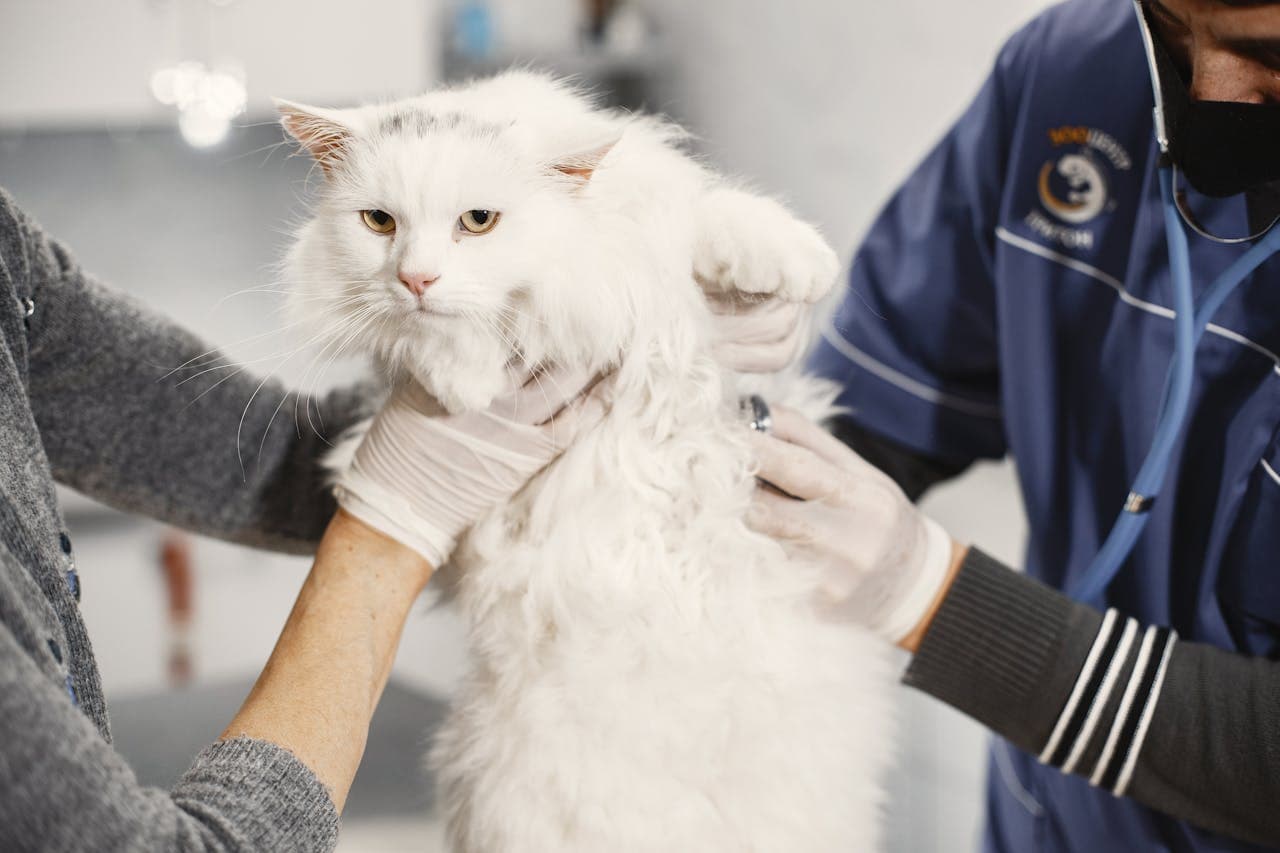
Megacolon

Our guide has been authored by qualified veterinarians, but should not be taken as substitute for medical advice or professional veterinary consultation. If your pet displays any unusual symptoms, we strongly advise seeking guidance from a veterinarian
Understanding Megacolon in cats
Megacolon in cats is a dysfunctional dilation of the large intestine. This problem, which can also occur in dogs but is less common, can happen for various reasons and may result from prolonged constipation, leading to the accumulation of feces. As feces dry out and harden, they might reach an abnormal diameter, making it challenging for the cat to pass them naturally. This causes significant discomfort and pain to the cat and gradually worsens.
Megacolon's Causes: Uncovering Triggers
- A primary, unknown issue: Many megacolon cases appear for undetected reasons (idiopathic megacolon). This may be due to dysfunctional smooth muscle tissue.
- Narrow pelvic canal following fractures or trauma.
- Neurological issues.
- Less common reasons may include tumors, inflammation, and hormonal-metabolic imbalances.
 Recognizing Megacolon: Signs and Symptoms
Recognizing Megacolon: Signs and Symptoms
- Abnormal bowel movements: If you’ve noticed that your cat’s litter box stays suspiciously clean for long periods, particularly when the cat doesn’t have any other places to relieve themselves, this may indicate constipation that might turn into megacolon. Frequent or longer-than-usual visits to the litter box may suggest unsuccessful attempts to pass stool, especially accompanied by sounds of discomfort. The stool in the box will also be harder and dryer than usual.
- Loss of appetite: The cat will refrain from eating and lose weight for no apparent reason. You’ll notice signs of weakness and lethargy.
- Vomiting due to chronic irritation of the intestinal mucosa and discomfort
- Bloody stool
- Signs of frustration, pain, discomfort, and distress
 Megacolon Diagnosis: How it's Identified
Megacolon Diagnosis: How it's Identified
The initial concern for megacolon is based on your observation of the cat’s behavior and stool-passing habits. After reviewing the cat’s medical history, the veterinarian will perform a physical examination, including abdominal palpation, to detect accumulated stool in the colon. They will then conduct a neurological examination focused on the spine and perform a rectal exam under sedation to check for fractures or pelvic narrowing. Additional tests may include imaging of the abdomen and pelvis, blood tests (general and thyroid hormone levels), and sometimes ultrasound or colonoscopy.
 Treating Megacolon: Options and Approaches
Treating Megacolon: Options and Approaches
- Intravenous (IV) Therapy: Reverses dehydration and balances electrolytes.
- Stool clearance: Removing accumulated stool via enema, performed under sedation or anesthesia.
- Nutritional changes: Implementing a diet high in fiber and other stool softeners, along with medication to improve bowel movement.
- Surgery: In complex cases, surgery to remove sections of or the entire colon may be necessary. For cats with a history of fractures or pelvic narrowing, reconstructive surgery might be required.
Megacolon: Surprising Facts

“Big cats” might also suffer from megacolon. For instance, a lion on a safari in India passed away from complications from this very condition.

Proper hydration is crucial in preventing megacolon. When animals are dehydrated, the colon doesn’t receive enough water, and dry stool causes constipation. It’s recommended that you place several water bowls for your cat in various locations and change the water daily and feed them a wet diet high in fiber.

You must never give your cat an enema on your own. Always approach a veterinarian for any medical procedure.




Price Tag

Latest in Research and Treatments
Many studies focus on uncovering the causes of megacolon, as it’s often diagnosed without a specific reason. One hypothesis is that dysfunctional smooth muscle leads to this condition. Recent research links chronic constipation in cats, and the herpes virus, but further investigation is required.
Did you know?
Enrolling in Animalia Pet Insurance
while your pet is healthy is a wise decision.
Waiting until a disease develops means it won't be covered.






